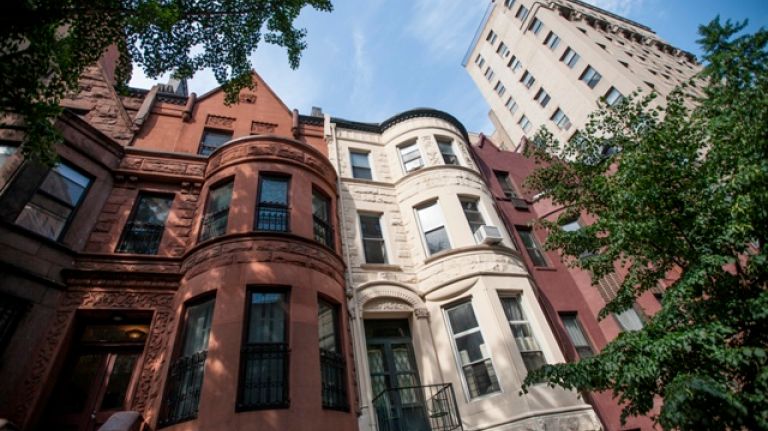
Remember last summer’s controversy over proposed separate entrances at a new Upper West Side condo building? The developer sought to have residents in low-income units and their market-rate counterparts use different doors to the Riverside Boulevard building. The reaction, deservedly, was overwhelmingly negative.
Now a management company at a building on 97th Street between Columbus and Amsterdam avenues has drawn ire for a policy that denies use of the lobby-level gymnasium to residents of rent-stabilized apartments. Only market-rate tenants are allowed.
Sixty percent of the building’s residents live in rent-stabilized units. Yet a sign on the gym’s door reportedly advises users not to hold the door open for nonmembers. I guess some tenants wouldn’t want poor folks on nearby treadmills.
The management company has said it made some $5 million in upgrades to common areas that all residents use, but that the gym is aimed at new and future tenants who expect certain amenities. So what’s next? Rich-only laundry rooms? Well-to-do-only courtyards? How about separate elevators?
What if rent-stabilized residents pool their resources and build a larger gym that welcomes residents, but not people who pay market-rate rents (the same people who subsidize their rent but who also help price longtime city residents out of Manhattan)?
Where does it end?
NYC residents shouldn’t tolerate policies that relegate them to second-class status. Renters in these buildings should put management on notice that they won’t live in segregation. And renters who require such amenities should not live in buildings with rent-stabilized tenants. They can seek refuge in the exclusivity of gated communities with round-the-clock security guards. Or, they can at least advocate a more egalitarian use of the facility.
Insensitive management companies and callous developers — many of whom get tax breaks all city residents pay for — may be unaffected by their own policies, but tenants should not stand for it.
Compassionate developers should be welcomed in New York City. Divisive management companies and snobbish wealthy residents should not.




























